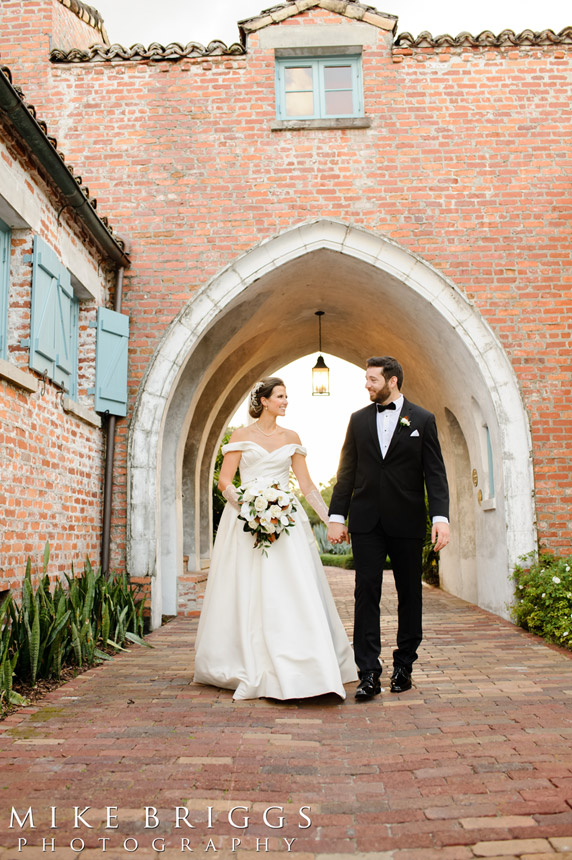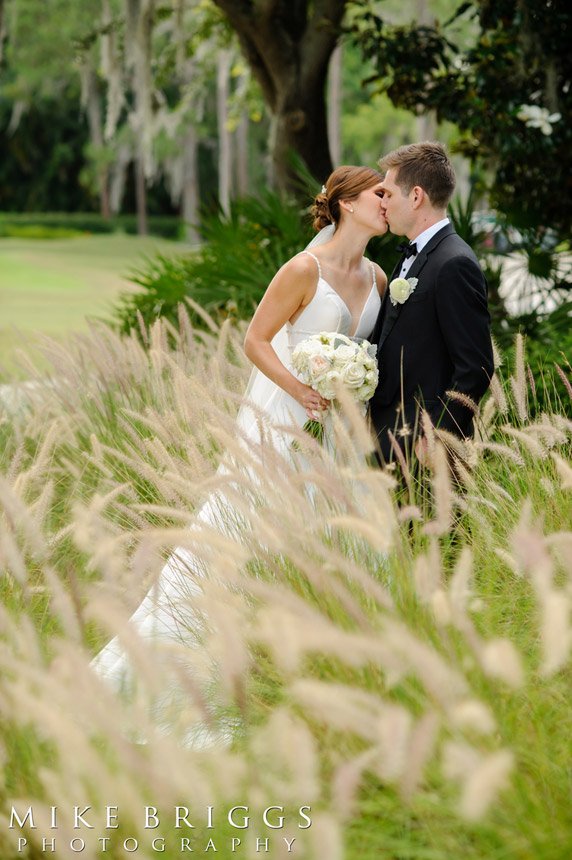What Is The Difference - Photograph, Photography, Photographer?
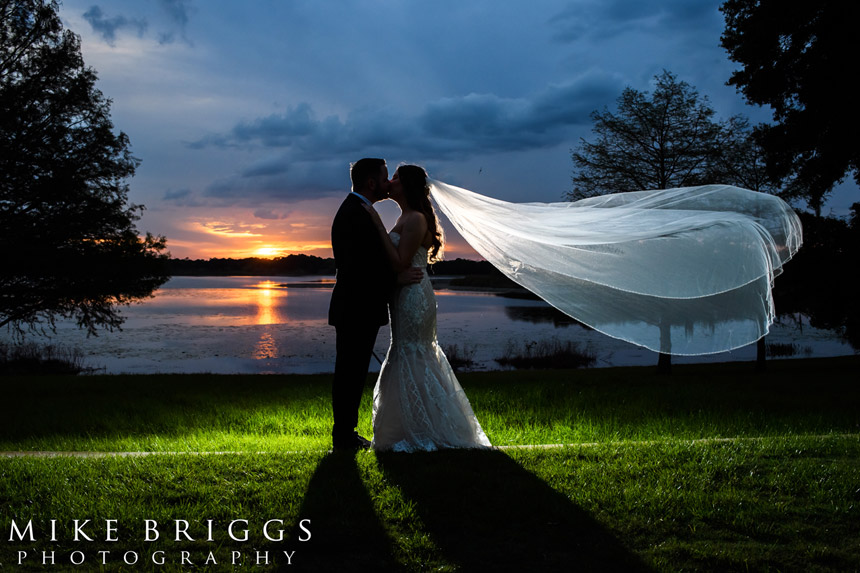
Whether you’re a budding enthusiast or someone simply intrigued by the world of images, you’ve probably pondered the distinctions between a photograph, photography, a photographer and others. Let’s delve even deeper into this captivating world and explore the intricacies of visual storytelling.
What Is Photography?
At its core, photography is the art and science of capturing light to create images. It’s not just about clicking a button on a camera; it’s about freezing moments in time, preserving memories, and telling stories through visuals. From the joyous occasions of weddings to the serene beauty of landscapes, photography is a versatile medium that encapsulates the essence of life.
Etymology: Drawing with Light
The term “photograph” has its roots in Greek, where “photo” means light and “graph” means to draw. Essentially, a photograph is a drawing created with light. As poetic as it sounds, every photograph is a masterpiece crafted with the interplay of light, shadows, and the photographer’s vision.
History: A Journey Through Time
The history of photography is a fascinating tale of innovation and creativity. From the early camera obscura experiments to the advent of digital technology, photography has evolved into a powerful means of visual communication.
In the early days, photography was a laborious process involving large cameras and even larger plates. It was an art reserved for the patient and the dedicated. Fast forward to the present day, where a pocket-sized device can capture high-resolution images in an instant, democratizing photography and turning enthusiasts into instant visual storytellers.
Invention: Capturing the First Image
In 1826, French inventor Joseph Nicéphore Niépce captured the world’s first permanent photograph, titled “View from the Window at Le Gras.” This groundbreaking achievement marked the birth of photography, setting the stage for centuries of artistic expression.
Film: From Celluloid to Silver Screen
The introduction of film revolutionized photography, making it more accessible to the masses. Film cameras utilized a strip of transparent plastic coated with light-sensitive emulsion to capture images. Each roll of film contained a series of negatives that, when developed, produced the final photographs.
Film photography had its own charm. The anticipation of seeing developed prints, the distinct graininess of black and white images, and the meticulous process of developing films added a sense of craftsmanship to the art.
Black and White: Timeless Elegance
Before the advent of color film, black and white photography reigned supreme. It continues to be celebrated for its timeless elegance, allowing photographers to focus on composition, contrast, and the emotive power of monochrome imagery.
Black and white photography is an art form in itself, where shadows and highlights play a pivotal role. It challenges photographers to explore the interplay between light and dark, creating images that evoke a sense of nostalgia and timelessness.
Color: Vibrancy Unleashed
The introduction of color film revolutionized photography once again, adding a new dimension to visual storytelling. Colorful landscapes, vibrant portraits, and dynamic scenes became possible, offering a rich and varied palette for photographers to explore.
Color photography brought a new level of realism to images. It allowed photographers to capture the world in all its chromatic glory, from the warm hues of a sunset to the cool blues of a tranquil ocean. The visual language expanded, offering a broader spectrum for photographers to convey emotions and narratives.
Digital: The Revolution Begins
The digital era ushered in a paradigm shift in photography. Digital cameras replaced film, and pixels replaced grains. This transformative leap allowed photographers to instantly view and manipulate images, democratizing the art form and making it accessible to a broader audience.
Digital photography not only changed the way we capture images but also how we share and experience them. Social media platforms became galleries, and smartphones became powerful tools for visual storytelling. The immediacy of digital photography brought a new level of spontaneity and creativity to the craft.
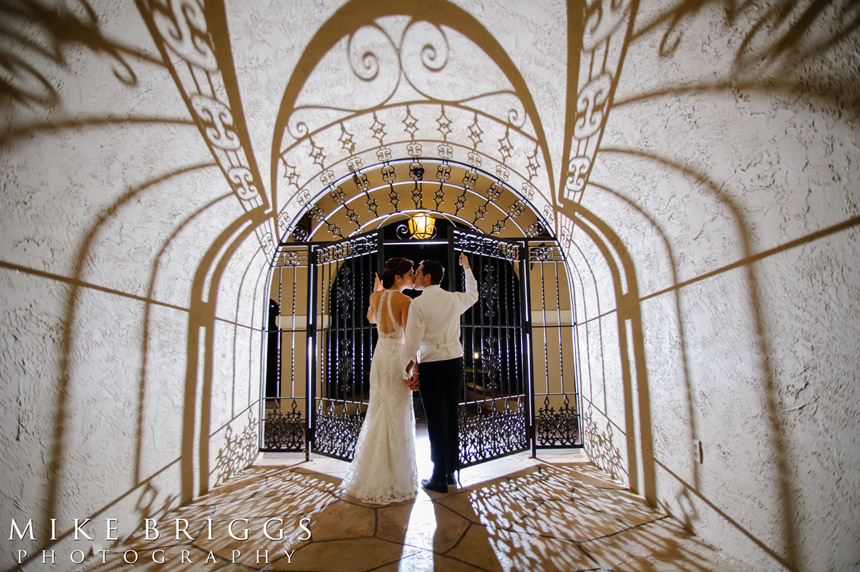
Types of Photography
Wedding Photography
The art of capturing the magic of unions, wedding photography is an intricate dance between documenting candid moments and orchestrating timeless portraits.
Portrait Photography
Focused on individuals or groups, portrait photography aims to capture the personality, emotions, and unique characteristics of the subject.
Landscapes
Mother Nature takes center stage in landscape photography, where photographers aim to capture the breathtaking beauty of the world around us.
Architecture
From the grandeur of historic buildings to the sleek lines of modern structures, architectural photography celebrates the artistry in design.
Nature
Similar to landscapes but with a focus on wildlife and the natural world, nature photography brings us closer to the wonders of the Earth.
Science and Forensics
A lesser-known genre, scientific photography involves capturing images for research, documentation, and educational purposes.
Photojournalism: Telling Stories Through Images
Photojournalism is the art of capturing real-life events as they unfold, emphasizing candid and unaltered moments. Photojournalists often work in the field, documenting news, social issues, and human experiences with the goal of conveying a powerful narrative.
In the realm of photojournalism, the photograph becomes a powerful tool for storytelling, shining a light on the human condition, social injustices, and the triumph of the human spirit. From war zones to everyday life, photojournalists bear witness to history and convey the raw essence of the world.
Fine Art: Elevating Photography to Artistic Heights
Fine art photography transcends the boundaries of traditional genres, focusing on the photographer’s artistic vision rather than commercial or documentary purposes. It’s a form of self-expression, often characterized by creativity, aesthetics, and a deep exploration of the visual language.
Fine art photographers are akin to painters, using their cameras as brushes to create visual poetry. The images produced are not merely documents but pieces of art that evoke emotions, challenge perspectives, and invite viewers into the realm of the photographer’s imagination.
Amatuer: Passionate Pursuits
Amateur photography is driven by passion rather than professional motives. Enthusiasts in this category explore photography as a hobby, expressing their creativity and capturing moments for personal enjoyment rather than commercial gain.
The amateur photographer is often fueled by curiosity and a love for the craft. It’s a journey of self-discovery, where mistakes are lessons, and each photograph is a step toward mastering the art. Amateur photographers bring a fresh perspective and an unbridled enthusiasm to the world of images.
Commercial: Merging Art and Business
Commercial photography involves creating images for commercial use, such as advertisements, marketing campaigns, and product promotions. It requires a blend of artistic vision and a deep understanding of the client’s objectives, combining aesthetics with the practical demands of marketing.
In the realm of commercial photography, every image serves a purpose. It’s not just about capturing a moment; it’s about selling a product, telling a brand’s story, or creating visual content that resonates with a specific audience. Commercial photographers are visual strategists, blending creativity with a keen understanding of market dynamics.
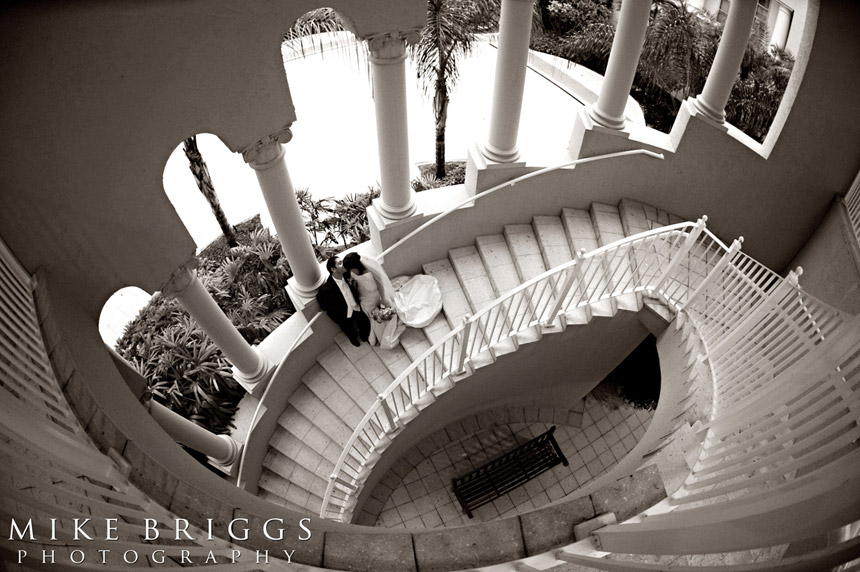
What Is a Photograph?
A photograph is more than just a printed image; it’s a frozen moment, a tangible piece of time that transcends the boundaries of reality.
Why do we call it a photograph?
The term “photograph” has its roots in Greek, where “photo” means light and “graph” means to draw. Essentially, a photograph is a drawing created with light. As poetic as it sounds, every photograph is a masterpiece crafted with the interplay of light, shadows, and the photographer’s vision.
How Do Photographs and Photography Differ?
Think of photography as the art or process of creating images, while a photograph is the tangible result of that process. Photography is the journey, and a photograph is the destination—a visual testament to the photographer’s creativity and skill.
What Is Photography Used For?
Photography serves a multitude of purposes, transcending mere documentation. It’s a powerful tool for storytelling, self-expression, and communication. From capturing the essence of a moment to conveying complex emotions, photography is a language that speaks to the heart.
Photography has the power to shape perceptions, challenge stereotypes, and bring about social change. It’s a medium through which individuals and communities can share their stories, fostering understanding and empathy. In the digital age, photography has become a global language, connecting people across borders and cultures.
What Is a Photograph Used For?
A single photograph can have many uses. It can preserve cherished memories, adorn the walls of your home, tell a brand’s story, or even serve as evidence in the court of law. In essence, a photograph is a versatile storyteller, capable of evoking emotions and sparking memories with a single glance.
The uses of photographs are as diverse as the images themselves. In the realm of journalism, photographs document historical events, providing a visual archive of our collective past. In advertising, photographs sell products and create visual narratives that resonate with consumers. In art, photographs become timeless pieces that adorn galleries, challenging perceptions and inviting contemplation.
What is the difference between Photography and Photographs?
Photography is the overarching term that encompasses the entire process of capturing images, from conceptualization to execution. On the other hand, photographing specifically refers to the action of taking pictures, the hands-on process of creating individual photographs.
Photographing is a dynamic and immersive experience. It involves framing moments, adjusting settings, and, in essence, creating visual poetry through the lens. It’s the dance between the photographer and the subject, the art of freezing time with a click.
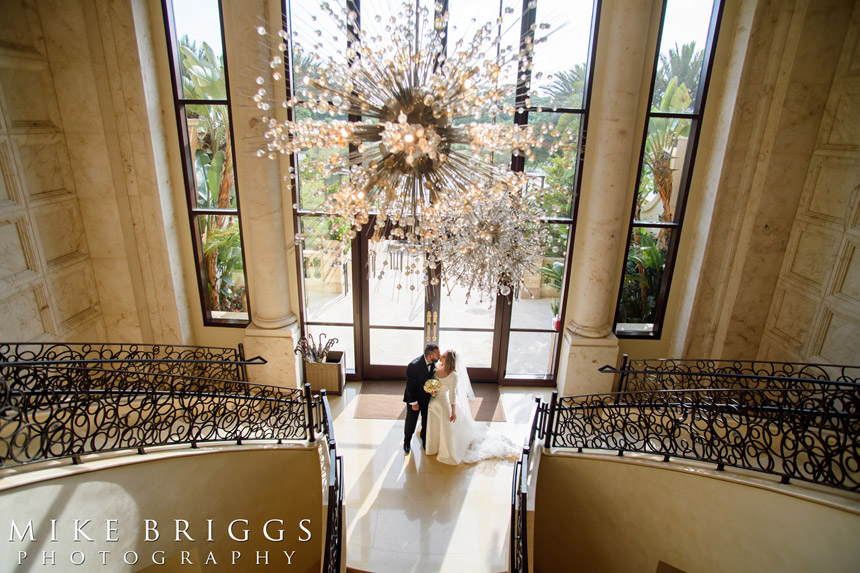
What is the Difference Between Photography and Taking Pictures?
While these terms are often used interchangeably, photography implies a more deliberate and thoughtful approach. Taking pictures might be spontaneous and casual, but photography involves a deeper connection to the art form.
Taking pictures is about capturing the immediate, the unfiltered moments that unfold in front of the lens. It’s about spontaneity and the joy of preserving a moment as it is. Photography, on the other hand, adds intention and purpose to the act of capturing images.
What is the Difference Between a Photo and a Picture?
A photo is typically considered a specific type of picture—one that is captured through photography. A picture, on the other hand, can encompass drawings, paintings, and other visual representations.
A photo is a moment frozen in time, a slice of reality captured with the precision of light and shadow. It’s a fragment of the world, a visual artifact that transcends the boundaries of language. A picture, in a broader sense, is any visual representation, whether created through photography, illustration, or other artistic mediums.
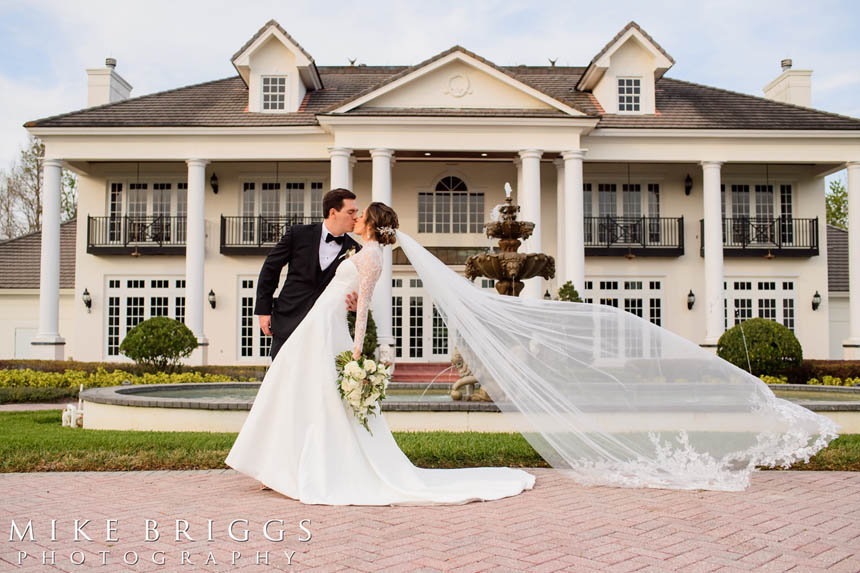
What is the Difference Between Taking a Photograph and Making a Photograph?
Taking a Photograph vs Making a Photograph: The distinction lies in the intention and craftsmanship. Taking a photograph suggests a more casual approach, while making a photograph implies a deliberate, thoughtful process involving composition, lighting, and storytelling.
Taking a photograph might involve seizing a fleeting moment, capturing an unexpected expression, or documenting an event as it happens. Making a photograph, on the other hand, is a deliberate act of creation. It involves a conscious choice of framing, lighting, and composition to convey a specific message or evoke a particular emotion.
What are Digital Negatives?
In the digital age, we often encounter the term “digital negatives.” A digital negative is the virtual equivalent of a film negative. It’s the raw, unprocessed data captured by a digital camera, serving as the foundation for the final photograph.
In essence, digital negatives are the canvas upon which photographers paint their visual stories, manipulating elements like exposure, color, and contrast to achieve the desired outcome. The transition from film to digital not only changed the tools of the trade but also expanded the possibilities for creative expression.
Digital negatives allow photographers to experiment with different editing techniques, giving them greater control over the final outcome. From enhancing colors to adjusting tones, digital technology has opened new avenues for photographers to refine their artistic vision.
As you embark on your photographic journey, remember that the beauty of photography lies not just in the images themselves but in the stories they tell and the emotions they evoke. Whether you’re capturing the joy of a wedding, the serenity of a landscape, or the intricate details of architecture, each photograph is a unique chapter in the grand narrative of life.


